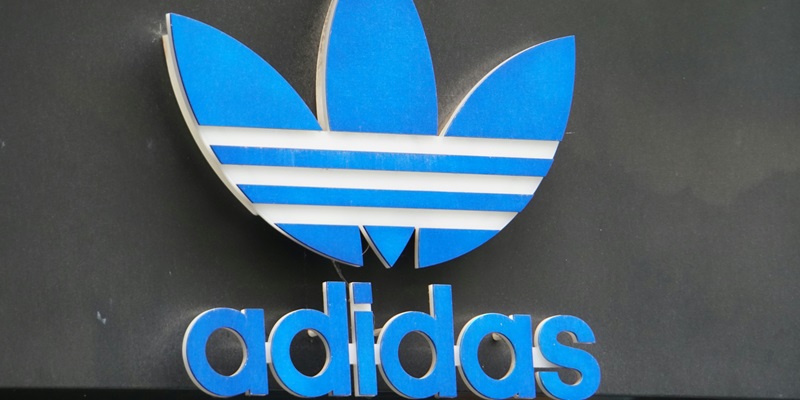In a sea of similar smartphone designs, the Adidas FOG Phone stands out with its bold and innovative approach to aesthetics. Breaking away from the traditional norms, this fictional creation showcases a refreshing take on smartphone design, with the camera bump taking center stage. What truly sets the FOG Phone apart is its clever incorporation of the iconic Adidas three-stripe logo, making it a visually striking device that bridges the gap between visual branding and industrial design.
The FOG Phone’s Camera Bump Design
One of the most noteworthy aspects of the FOG phone’s design is its unique camera bump. This feature bears a remarkable resemblance to the camera bumps found on the cutting-edge Meta Quest 3, boasting an appearance that is both distinctive and novel. By focusing on the camera bump as the key design detail, the FOG phone dares to challenge the conventional notion of smartphone aesthetics, presenting a fresh perspective that captures the imagination.
Bridging the Gap Between Visual Branding and Industrial Design
The Adidas FOG Phone exemplifies a seamless integration of visual branding and industrial design. Every element in its design has been meticulously crafted to work in harmony, resulting in an overall aesthetic that captivates the audience. By reimagining the camera bump as the central design feature, the FOG phone goes beyond mere functionality, offering a visual representation of the Adidas brand’s commitment to innovation and pushing boundaries.
The Distinctiveness of the Adidas FOG Phone
One cannot overlook the FOG phone’s ability to stand out as an unmistakable Adidas product. With a single glance, anyone can immediately recognize this unique device, setting it apart from offerings by other smartphone giants such as Samsung, Apple, Oppo, Xiaomi, Google, or ASUS. The incorporation of the iconic Adidas three-stripe logo into the camera bump reinforces the brand identity and adds a touch of elegance to the handset’s design, making it a symbol of style and authenticity.
Incorporation of the Adidas Three-Stripe Logo
The clever integration of the Adidas three-stripe logo into the FOG phone’s camera bump is a masterstroke of design. Not only does it add visual flair and appeal, but it also serves as a powerful branding element. The prominent placement of the logo immediately catches the eye and ensures that the FOG phone remains synonymous with Adidas. This unique incorporation serves as a testament to the brand’s commitment to innovation, seamlessly unifying fashion and technology.
While the Adidas FOG Phone may remain a fictional creation, its impact on the world of smartphone design is undeniable. By focusing on the camera bump as the main design detail and incorporating the iconic Adidas three-stripe logo with finesse, this visionary concept offers a glimpse into the exciting direction smartphone design could take in the future. The FOG phone serves as a testament to the importance of harmonious design elements and the potential of visual branding in the realm of industrial design.
Additional Considerations
In considering the FOG phone’s features, it is worth noting that one minor drawback is its lack of a built-in flashlight. While not a deal-breaker, as users can easily rely on third-party flashlight apps or external light sources, its absence may be inconvenient in certain situations. However, this minor downside does not overshadow the revolutionary and captivating design that the Adidas FOG Phone brings to the table.
In conclusion, the Adidas FOG Phone showcases a groundbreaking approach to smartphone design, seamlessly combining visual branding and industrial design. With its unique camera bump design and the integration of the iconic Adidas three-stripe logo, this fictional creation provides a fascinating glimpse into the future of smartphone aesthetics. Its ability to captivate the audience and distinguish itself in the world of smartphones cements its position as a trailblazer in design innovation.

